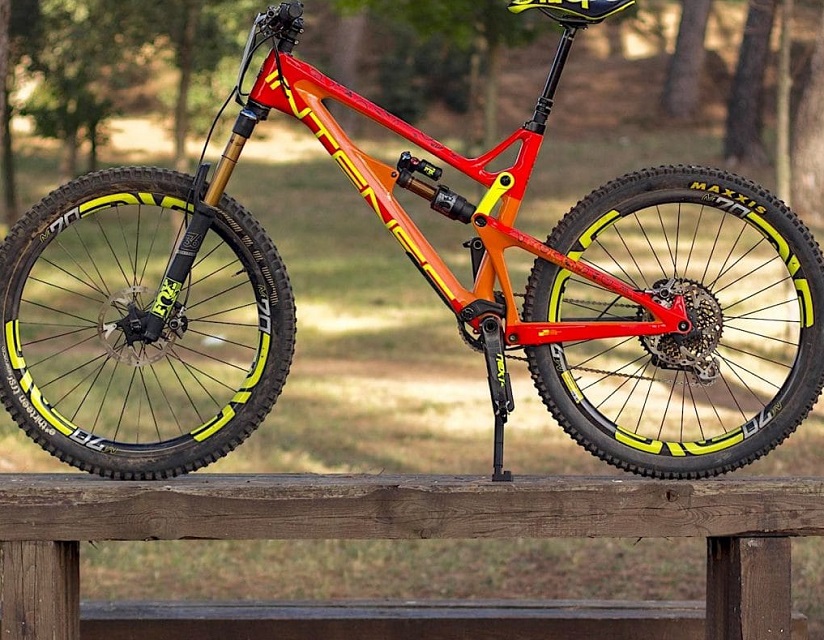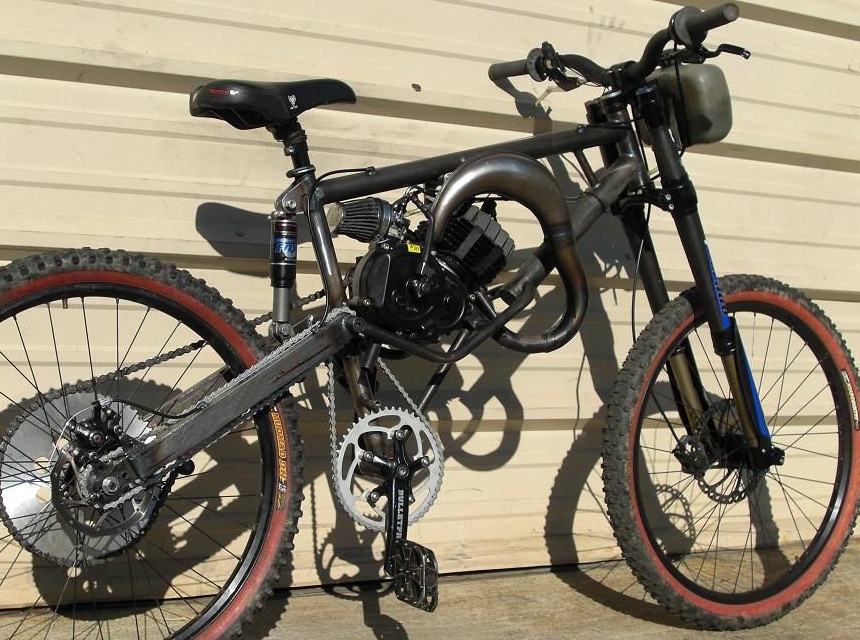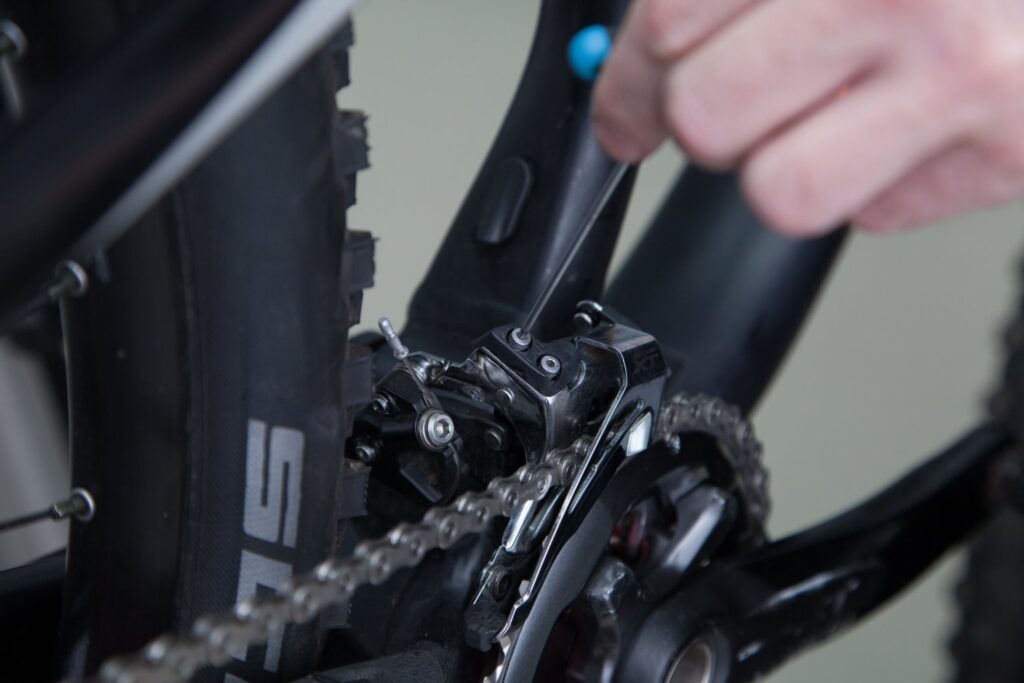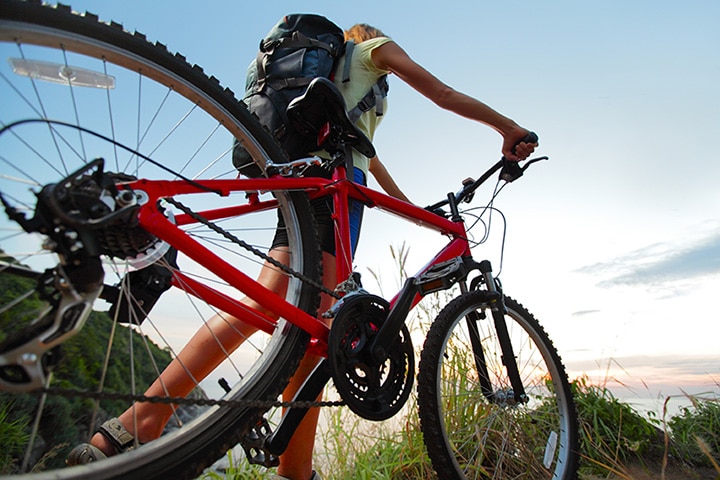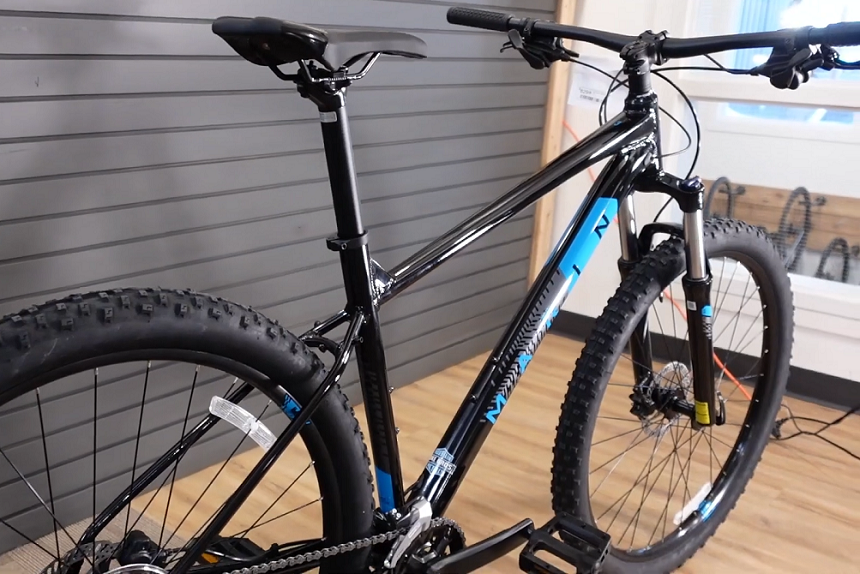- Trails
-
Bikes
-
Gear
-
Tips & Tricks
-
About us


If you enjoy mountain biking and are looking for an effective way to get in shape, then you’re in luck. Cycling is one of the best aerobic exercises, which means that it gives your cardiovascular system a good workout. It also allows you to breathe better and work your muscles, ultimately improving your overall fitness. According to the Washington Post Trusted Source Cycling to work means better health and a longer life. Here’s how to get started. - The Washington Post A British medical journal published a study this spring that seemed to confirm what dedicated bicyclists had long suspected: Commuting on two wheels is really, really good for your health. www.washingtonpost.com , bike riding also helps you lose weight and increase your lifespan. This is a win-win situation! You get to engage in an activity you love and still lose weight while at it. You’re probably wondering, ‘how many calories does mountain biking burn?’
Well, we have compiled this guide to answer your question and to highlight how you can burn more calories. Let’s jump in and explore the benefits of mountain biking on your overall fitness!
Yes.
Mountain biking is a great cardio activity, and whether you’re trying to burn calories or maintain your current weight, it’s highly effective. It helps you burn calories, improves your blood flow, lowers your stress levels, boosts your lung & heart health, and helps you strengthen your muscles.
The best part about mountain biking for weight loss is that it’s a lot of fun! Think about it; when people want to burn calories, they often go to the gym. You sign up for a membership. Go diligently because the first days are fun, and you’re highly motivated. Then after a week or two, you start reducing your frequency because suddenly it’s not that fun anymore. The exercises seem monotonous and you, compared to other people, feel as though you’re not getting much done, so you start skipping sessions.
But with mountain biking, it’s different. This is an activity that you truly enjoy, and you can make it more fun by visiting various nature trails.
On average, mountain biking burns anywhere between 450 to 750 calories per 1 hour.
| Mountain biking in general | Mountain biking uphill | Mountain biking competitive | ||||
| Bodyweight | 30min [kcal] | 60min [kcal] | 30min [kcal] | 60min [kcal] | 30min [kcal] | 60min [kcal] |
| 70kg / 154.3lb | 312 | 624 | 514 | 1029 | 588 | 1176 |
| 75kg / 165.3lb | 334 | 669 | 551 | 1102 | 630 | 1260 |
| 80kg / 176.3lb | 357 | 714 | 588 | 1176 | 672 | 1344 |
| 85kg / 187.3lb | 379 | 758 | 624 | 1249 | 714 | 1428 |
| 90kg / 198.4lb | 401 | 803 | 660 | 1323 | 756 | 1512 |
| 95kg / 209.4lb | 424 | 848 | 698 | 1396 | 798 | 1596 |
| 100kg / 220.4lb | 446 | 892 | 734 | 1470 | 840 | 1680 |
As you see, the number of calories you can burn when mountain biking varies greatly. For instance, to burn 2,000 kilocalories, a 154.3lb person should be cycling for at least 2 hours, while for a 220.4lb it should take around an hour and a half.
When it comes to mountain biking, a one-size-fits-all approach does not work, and the exact number of calories that are burned will vary based on a couple of factors. They include:
Riding uphill is significantly more difficult than riding downhill and requires a lot of energy, so there are more MTB calories burned. It also increases your endurance. If you mainly ride on flat surfaces, you’ll need to ride for longer distances to burn the same amount of calories as someone riding uphill. This is because highly technical courses require a lot of cornering adjustments, balance, and speed, which also exercise your upper body.
Riding on less technical terrains, however, enables you to build up speed. This then allows you to pedal consistently, and you may ride for longer without getting fatigued, ultimately burning more calories.
The number of calories you burn when you’re riding a mountain bike is simply a measure of the amount of energy you need to move your body. This means that a heavier person will burn more calories than you even when you’re riding at the same intensity.
| Bodyweight | The time needed to burn a pound of fat (mountain biking) |
| 70kg / 154.3lb | 5 hours and 36 minutes |
| 75kg / 165.3lb | 5 hours and 14 minutes |
| 80kg / 176.3lb | 4 hours and 54 minutes |
| 85kg / 187.3lb | 4 hours and 37 minutes |
| 90kg / 198.4lb | 4 hours and 21 minutes |
| 95kg / 209.4lb | 4 hours and 7 minutes |
| 100kg / 220.4lb | 3 hours and 55 minutes |
The longer you cycle, the more calories you’ll burn. Admittedly, mountain biking can get tiring, especially when riding on rough terrains. How do you ensure that you don’t give up? Start by riding distances that you’re comfortable with and then increase them gradually. We also advise that you start cycling on simple terrains. This will not only build up your endurance but also prevent you from pushing yourself too hard and getting injuries.
Since mountain biking is an intensive activity, you’ll lose a lot of water through sweat, so don’t forget to replenish it by staying hydrated. Based on multiple reviews, the Arvano Hydration Bike Pack is a lifesaver. It comes with a 2-liter water pouch, is large enough to meet your storage requirements on your ride, and comes with adjustable straps. It’s also lightweight, so it won’t tire you on your ride, and it can be used on all types of mountain biking trips.
| Mountain biking in general | Mountain biking uphill | Mountain biking competitive | |
| Bodyweight | one mile [kcal] | one mile [kcal] | one mile [kcal] |
| 70kg / 154.3lb | 69.3 | 128.5 | 117.6 |
| 75kg / 165.3lb | 74.3 | 137.75 | 126.0 |
| 80kg / 176.3lb | 79.3 | 147 | 134.4 |
| 85kg / 187.3lb | 84.2 | 156.12 |
142.8 |
| 90kg / 198.4lb | 89.2 | 165.37 | 151.2 |
| 95kg / 209.4lb | 94.2 | 174.5 | 159.6 |
| 100kg / 220.4lb | 99.1 | 183.75 | 168.0 |
According to CNN Trusted Source How much should you drink to stay hydrated during exercise? - CNN You may need less water than you think but more water than other hydrating beverages. edition.cnn.com , however, you should avoid drinking too much during exercises as it could result in water intoxication.
You burn more calories when you cycle for an extended period of time because you reach a high level of physical exertion. Make sure you start by riding for shorter periods and then gradually increase the time to avoid injuring your body or getting too fatigued.
Your mountain biking speed is highly determined by the type of bike that you ride and the terrain you’re on. When you cycle on easy trails, you’re able to build up speed as opposed to cycling uphill. This then allows you to burn more calories as you are able to ride for longer. You should, however, note that speed is also dependent on factors such as your weight.
The number of calories that you burn is highly dependent on how heavy or light your mountain bike is. Heavier bikes require more energy to cycle and result in more calorie burn. You should also note that tire sizes have a huge role to play. You need more effort to ride a 26er cycle compared to a 29er because you need to pedal more due to the small size of the 26 inches tires.
Mountain biking is undoubtedly an exciting way to burn calories. However, it’s not as simple as you think it is. To reach your fitness goals, you need to burn as many calories as possible and, most importantly, make your cycling sessions highly efficient. This is the only way you’ll avoid burnouts and cycle for longer.
Here are effective tips to help you burn more calories when mountain biking.
Don’t forget to listen to some music as this will keep you energized. If you’re worried about your phone falling out of your pocket, experts recommend that you carry a phone holder. According to most reviews, the ROCKBROS Bike Phone Case Holder is one of the best mountain biking accessories. It has enough room to hold your phone and other items needed for long rides, such as keys, small tire pump, wallet, repair kits, etc. It also has a TPU film window that’s highly sensitive and allows you to change the playlist on your phone. This phone pouch is also highly durable and water-resistant.
Road biking entails riding on smooth terrains. While this allows you to keep riding for a long time, you’ll also need to pedal for long distances to burn a lot of calories. Mountain biking, on the other hand, causes a lot of physical exertion due to the rough terrains and ultimately allows you to lose more weight. You can see the chart below and choose what is the best for you.
| Mountain biking in general | Road biking in general | Mountain biking competitive | Road biking competitive | |
| Bodyweight | 60min [kcal] | 60min [kcal] | 60min [kcal] | 60min [kcal] |
| 70kg / 154.3lb | 624 | 551 | 1176 | 882 |
| 80kg / 176.3lb | 714 | 630 | 1344 | 1008 |
| 90kg / 198.4lb | 803 | 708 | 1512 | 1134 |
| 100kg / 220.4lb | 892 | 787 | 1680 | 1260 |
Running burns more calories than mountain biking. However, you’ll get fatigued faster and will likely run for shorter distances. Burning calories is all about consistency, and with mountain biking, you can cycle for hours without getting overly fatigued. Cycling also has a low impact on your joints, making it a perfect option for heavier people.
It depends on several factors, including your weight, the intensity of your workout, and your metabolism. As a rough estimate, a 160-pound person cycling at a moderate intensity (14-16 mph) will burn approximately 630-720 calories in one hour. So, to burn 2000 calories, they would need to cycle for around 3-3.5 hours.
How many calories does mountain biking burn? Well, mountain biking is a low-risk exercise activity, and its results are impressive. You get to burn a lot of calories just by engaging in an activity that you love. However, you need to be wary of the dangers that come with mountain biking. Be aware of your surroundings to avoid colliding with other riders or joggers. You should also refrain from overestimating your stamina. The first few days can be difficult, especially if you’re a beginner, which is why we recommend that you increase your speed gradually. This will help prevent injuries and muscle cramps, allowing you to be consistent.
